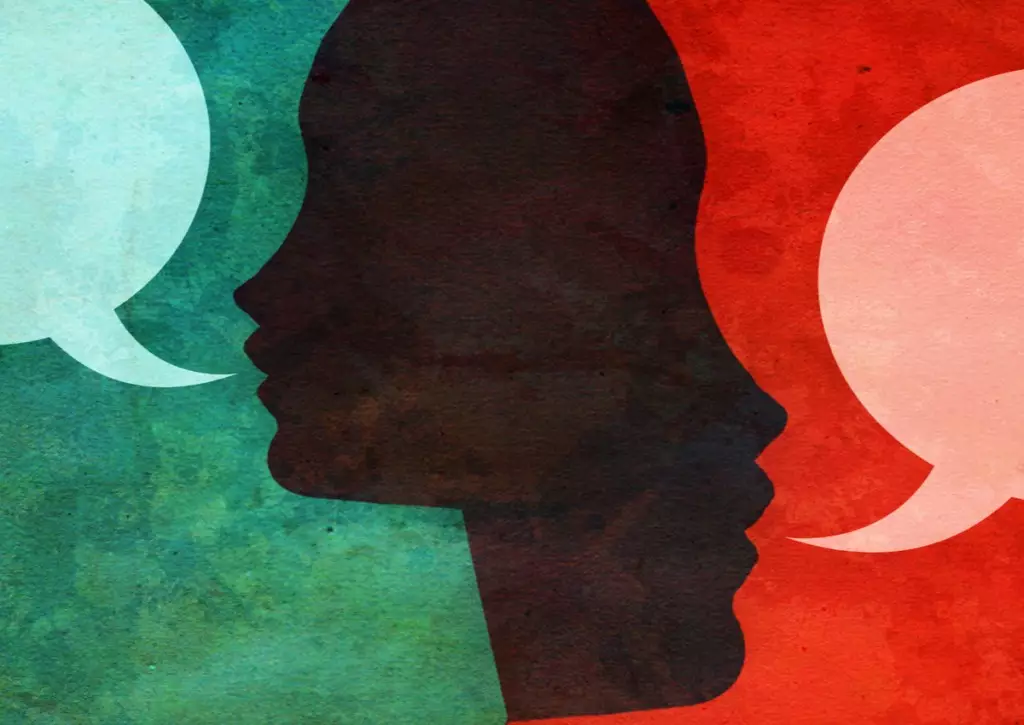In an era where smart assistants and voice interfaces are becoming ubiquitous, the technology’s potential to improve daily life is undeniable. Yet, beneath this wave of innovation lies a profound ethical challenge: ensuring that these tools serve everyone equally. For millions battling speech disabilities—stemming from conditions like cerebral palsy, ALS, or trauma—the promise of AI-powered voice systems remains largely unfulfilled. Traditional speech recognition systems, often trained on a narrow spectrum of speech patterns, inadvertently exclude those with atypical speech. Recognition failures are not mere inconveniences; they deepen feelings of isolation and marginalization. To truly harness AI’s transformative power, developers and researchers must confront this gap head-on, reimagining voice technology as a platform for genuine inclusion.
Historically, voice systems have been optimized for the majority—individuals with clear enunciation and standard speech patterns. When faced with disfluencies, vocal limitations, or unique speech idiosyncrasies, these systems falter, misinterpreting or simply ignoring user inputs. This exclusion is a societal blind spot, reflecting the broader need for accessibility rooted in human dignity. However, recent strides in deep learning and transfer learning methodologies offer a beacon of hope. By training models on diverse and atypical speech datasets, AI can learn nuances previously overlooked, paving the way for more robust recognition that honors the diversity of human voice.
Innovative Solutions Bridging the Gap
One of the most promising advances lies in the development of personalized and synthetic voice solutions. When rapid recognition fails, generative AI can step in, creating synthetic voices based on limited speech samples provided by users with disabilities. This process involves capturing residual vocalizations, even if weak or disfluent, then reconstructing speech with emotional tone and personality. Imagine a user who cannot articulate words clearly but can produce breathy sounds or isolated phonations; AI can analyze these signals to generate a voice that matches her identity and emotional expression. Such artificial voices do not merely serve as communication tools but restore a vital sense of self—a voice that is both recognizable and expressive.
Furthermore, collaborative data collection efforts are increasingly vital. By involving users directly in crowdsourcing speech samples, AI systems can expand their understanding of nonstandard speech patterns. This communal approach accelerates the development of inclusive datasets—crucial for training models capable of handling a broader spectrum of voices. When these datasets are integrated into transfer learning pipelines, models become adaptable, capable of fine-tuning themselves to specific user needs with minimal data, and thus, more empathetic.
The layers of a real-time assistive voice system highlight how far AI has come. These systems typically process flawed speech inputs—disfluent, delayed, or muffled—through multiple enhancement modules that adjust for clarity, emotional context, and responsiveness. Instead of mere transcription, they produce expressive outputs that reflect the user’s intent. Such capabilities transform speech from a mechanical output into a dynamic form of human expression, facilitating conversations that feel genuine and personal.
Forging a Human-Centric Future
The true power of AI-driven voice technology emerges when it respects and amplifies human emotion. For individuals with speech impairments, being understood goes beyond accurate recognition; it hinges on feeling truly heard. This emotional connection is what elevates AI from a functional tool to a compassionate partner in communication. Emotion recognition algorithms, combined with multimodal inputs like facial expressions or gestures, enable systems to interpret context and respond more nuancedly. This empathy-driven approach breaks down barriers, fostering a sense of belonging and affirmation.
One striking example from recent experiments involves synthesizing speech for ALS patients based on residual vocalizations. Despite limited physical ability, AI systems can reconstruct full, emotionally rich sentences that mirror the individual’s personality and tone. Witnessing a person’s face light up when their voice responds with emotion underscores the profound impact technology can have—it is not just about efficiency, but human connection. These developments highlight that accessibility innovations should be rooted in human-centered design, embracing not only the functional but also the emotional and social dimensions of communication.
Designing inclusive voice systems also necessitates transparency and user trust. Explainability features—tools that clarify how speech inputs are processed and responses generated—are critical, especially for users relying heavily on AI assistance. When users understand how their voice data influences outputs, they feel more confident and empowered, transforming AI from a mysterious black box into a trusted dialogue partner. Privacy considerations, such as federated learning, further ensure that personalization does not come at the expense of data security, respecting user rights while improving system performance.
Seizing the Market and Ethical Opportunities
Building accessible AI isn’t solely a moral imperative; it presents a substantial market opportunity. Over a billion people worldwide experience some form of disability, and inclusive technology can unlock new dimensions of communication and interaction for these populations. Companies that prioritize accessibility gain not only social credibility but also untapped consumer segments eager for personalized, supportive technology solutions. This shift from optional feature to core product attribute signals a broader industry recognition: innovation rooted in inclusivity is also innovation rooted in human dignity.
As we look ahead, integrating diverse datasets, multimodal interactions, and real-time adaptive learning will make AI-powered voice systems more flexible and human-like. For developers, the challenge is no longer just about optimizing performance metrics but about embedding empathy into every line of code. Ultimately, the future of conversational AI hinges on how deeply it can understand not just words, but people—their emotions, their identities, their voices. If AI systems are to serve as true allies in human communication, they must evolve into tools that listen more broadly, respond more compassionately, and honor every individual’s voice, regardless of how it sounds today.

